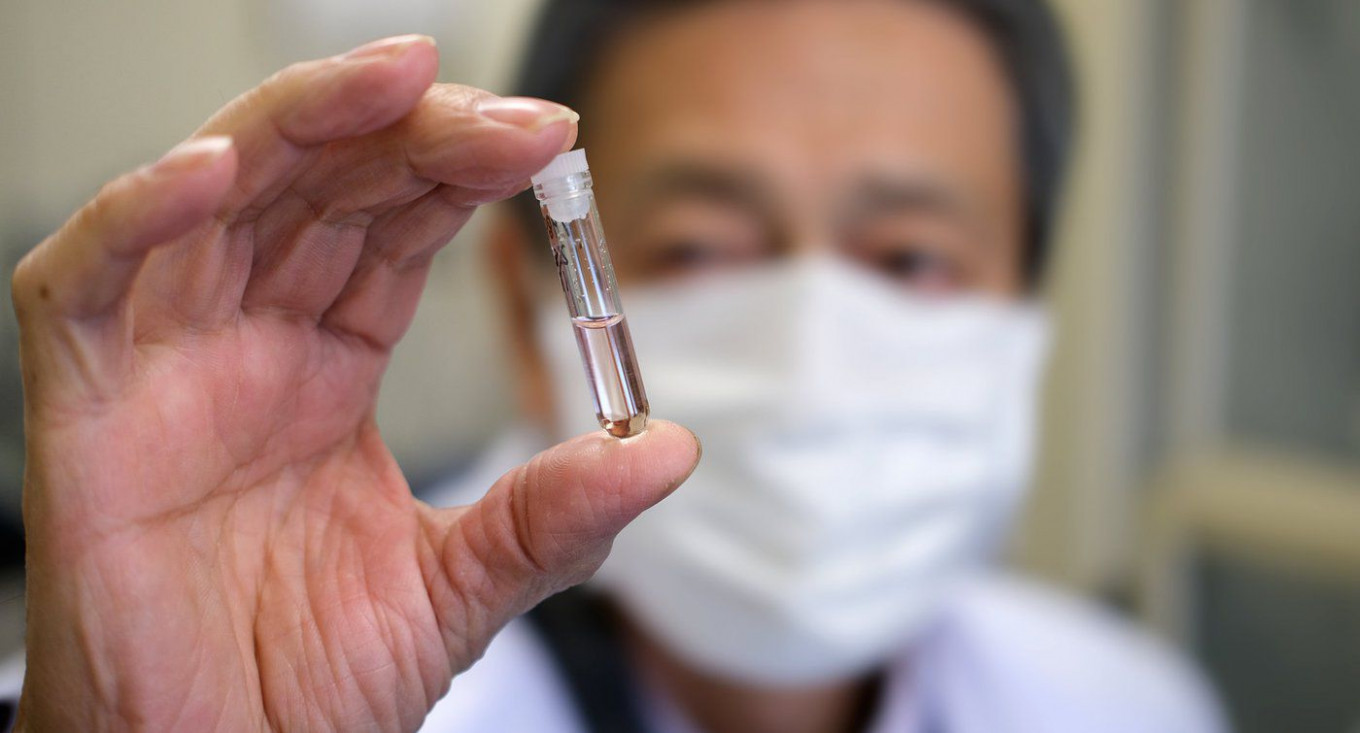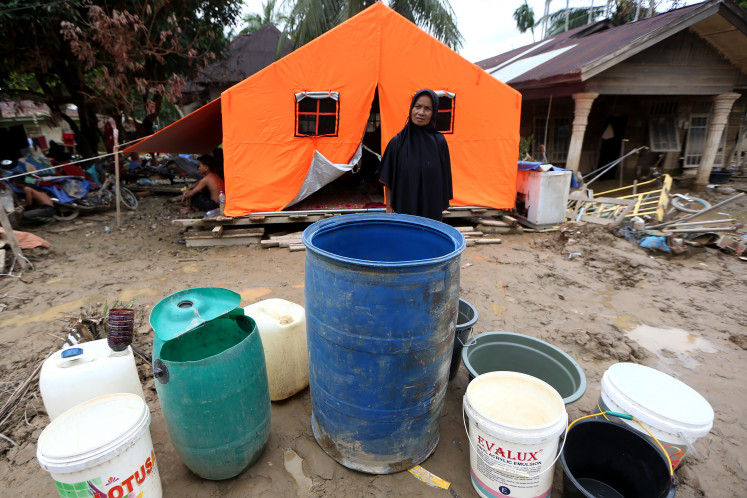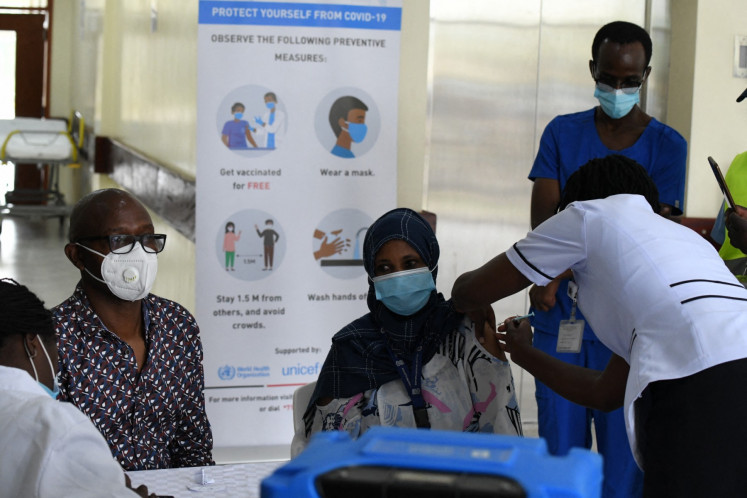Popular Reads
Top Results
Can't find what you're looking for?
View all search resultsPopular Reads
Top Results
Can't find what you're looking for?
View all search resultsAI helps scientists keep up in COVID-19 mutation race
Artificial intelligence can help predict mutations in COVID-19. Some have achieved a perfect strike rate.
Change text size
Gift Premium Articles
to Anyone
M
u>Mutations of COVID-19 are continuing to plague the world. For medical scientists, getting the earliest possible look at when and how the virus changes is critical – it gives them a head start in developing the latest and strongest batch of vaccinations and medicines, and the most time to consider which health directives might need to be issued.
When speed and accuracy are vital, machine learning and Artificial Intelligence (AI) come to the fore. AI can analyze data with a pace and precision unmatched by humans. And it’s starting to help out in the fights against COVID-19, Severe Acute Respiratory Syndrome (SARS) and Middle East Respiratory Syndrome (MERS), a trio of viral infections that can be fatal.
DNA analysis of viruses has long been used to uncover similarities between diseases, helping draw links that unlock greater knowledge about each one. COVID-19, SARS and MERS share very similar nucleotide sequences, making them prime candidates to cross-reference and study together. Effectively, they’re from the same family.
But research conducted without machine learning or AI couldn’t make the breakthrough needed to crack the code and understand how COVID-19 might mutate. In trials, researchers studied 30 DNA samples each of COVID-19, MERS and SARS, compared against a ‘primer’ of COVID-19. A primer is a DNA sequence used to test whether a DNA sample is positive for certain viruses or bacteria by analyzing similarities between the sample and the primer. Polymerase chain reaction (PCR) testing clarified the distinction between the nucleotide structures of the three viruses, but the results could not definitively differentiate between COVID-19 and the other two viruses.
Adding machine learning to the equation increased the success rate drastically. It allowed researchers to study the distance pattern of each DNA sample, so the precise location of the DNA infected with COVID-19 could be known and predicted. Researchers used four machine-learning methods, each optimized with a different combination of parameter settings. The diversification allowed researchers to focus on the best prediction results for each case study.
The similarity of the DNA structure of COVID-19, MERS and SARS is one of the obstacles in predicting samples that are actually infected with COVID-19. The DNA-alignment method with COVID-19 primary samples resulted in positive values in all samples, including both MERS and SARS. But with the assistance of AI, it has become much clearer where the distinctions between the viruses lie. Machine learning could differentiate between the three closely related viruses in a way DNA testing could not.
The prediction results were strong, showing two machine learning optimization approaches were able to observe changes in DNA alignment patterns and predict shifts with 100 percent accuracy. The two less successful optimizations still produced 98.3 percent accuracy, with errors occurring in the COVID-19 sample data. This shows the DNA composition in COVID-19 samples is still diverse and there is a possibility that mutations will continue to occur.
This data is incredibly helpful for researchers and pharmaceutical companies. The results of this analysis give the clearest indication yet of how COVID-19 will mutate, allowing optimal planning on important resourcing decisions, such as vaccine manufacturing and production of antivirals. As the pandemic rages on, the research community needs to stay on the cutting edge to give the world a fighting chance against the coronavirus. AI in the research process is helping do that.
---
Berlian Al Kindhi is Head of the CyPIRAL Laboratory at the Institut Teknologi Sepuluh Nopember, Surabaya, Indonesia.
Mauridhi Hery Purnomo is Professor of Artificial Intelligence at the Department of Computer Engineering, Institut Teknologi Sepuluh Nopember, Surabaya, Indonesia. He is the Chair of the Laboratory of Multimedia Computing and Machine Intelligence.
Originally published under Creative Commons by 360info™.











